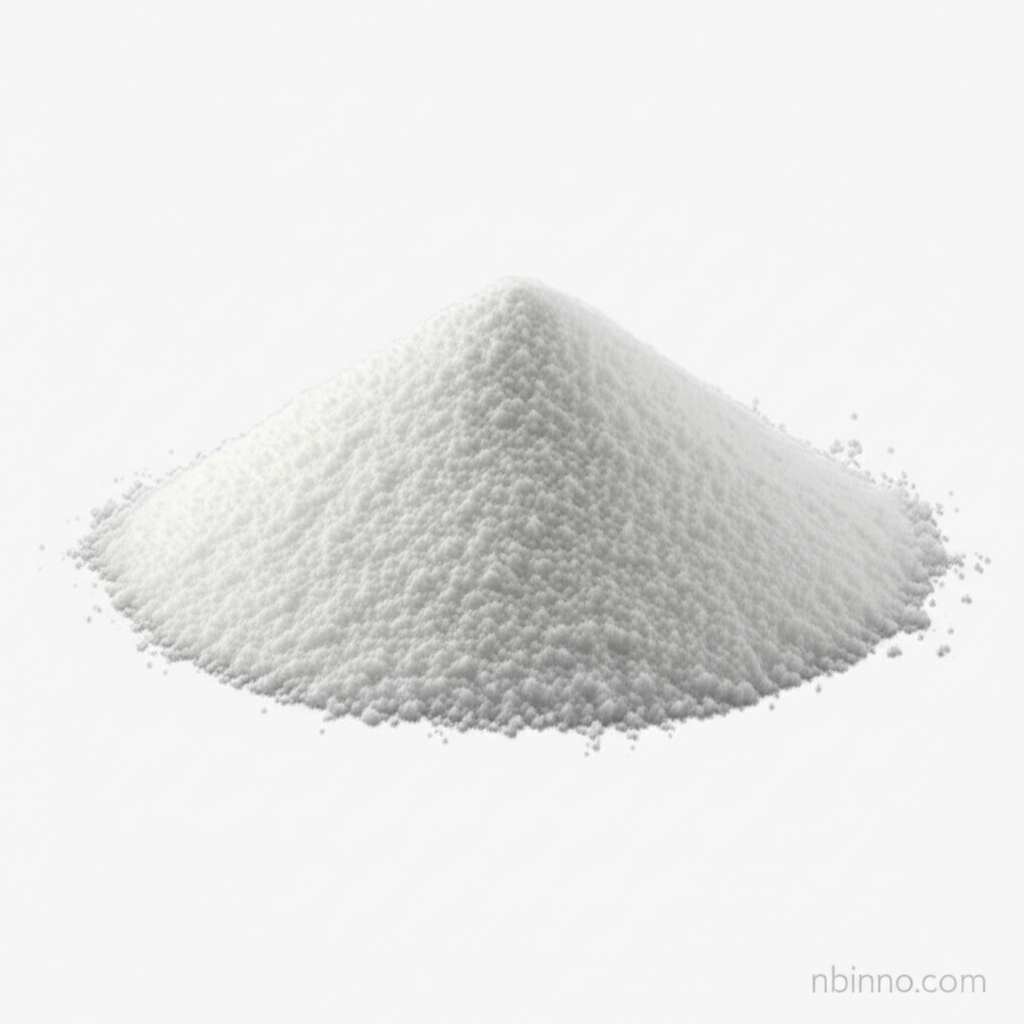Repaglinide: An Essential Pharmaceutical Intermediate for Blood Sugar Management in Type 2 Diabetes
Discover the key role of Repaglinide in regulating blood sugar levels for Type 2 diabetes patients.
Get a Quote & SampleProduct Core Value

Repaglinide
Repaglinide is a vital pharmaceutical intermediate known for its efficacy in managing Type 2 diabetes by stimulating the pancreas to release more insulin. This action helps to effectively lower blood sugar levels, making it a critical component in diabetes treatment regimens. Its application in controlling hyperglycemia is well-established, offering a targeted approach to patient care.
- Repaglinide uses in type 2 diabetes are well-documented, providing a crucial therapeutic option for patients struggling with elevated blood glucose.
- The Repaglinide mechanism of action involves direct stimulation of insulin secretion from pancreatic beta cells, offering a unique therapeutic pathway.
- Understanding potential Repaglinide side effects is essential for safe patient management, and this information is crucial for healthcare providers.
- Exploring various Repaglinide drug interactions is vital to ensure patient safety and optimal treatment outcomes when combined with other medications.
Advantages Provided by the Product
Enhanced Insulin Secretion
This pharmaceutical intermediate directly targets the pancreatic beta cells, significantly boosting insulin secretion, which is a key factor in effective blood sugar control.
Targeted for Type 2 Diabetes
Specifically designed for individuals with Type 2 diabetes, it offers a focused therapeutic benefit, addressing the specific metabolic challenges of this condition as part of a comprehensive diabetes treatment plan.
High Purity and Quality
With a purity degree exceeding 99%, this product ensures reliability and efficacy, meeting the stringent demands of pharmaceutical manufacturing for antidiabetic drug development.
Key Applications
Type 2 Diabetes Management
This pharmaceutical intermediate is central to therapeutic strategies aimed at managing Type 2 diabetes, offering a reliable pathway for blood sugar control and improving patient outcomes.
Insulin Stimulation
Its primary application involves stimulating the release of insulin, a fundamental process for regulating glucose metabolism, making it a cornerstone for advanced diabetes medication development.
Pharmaceutical Intermediate Synthesis
As a critical pharmaceutical intermediate, it serves as a building block in the synthesis of advanced antidiabetic agents, contributing to the innovation within the sector.
Research and Development in Endocrinology
The compound is valuable in endocrinology research, particularly for studying mechanisms of insulin secretion and exploring new avenues for Type 2 diabetes treatment innovations.
